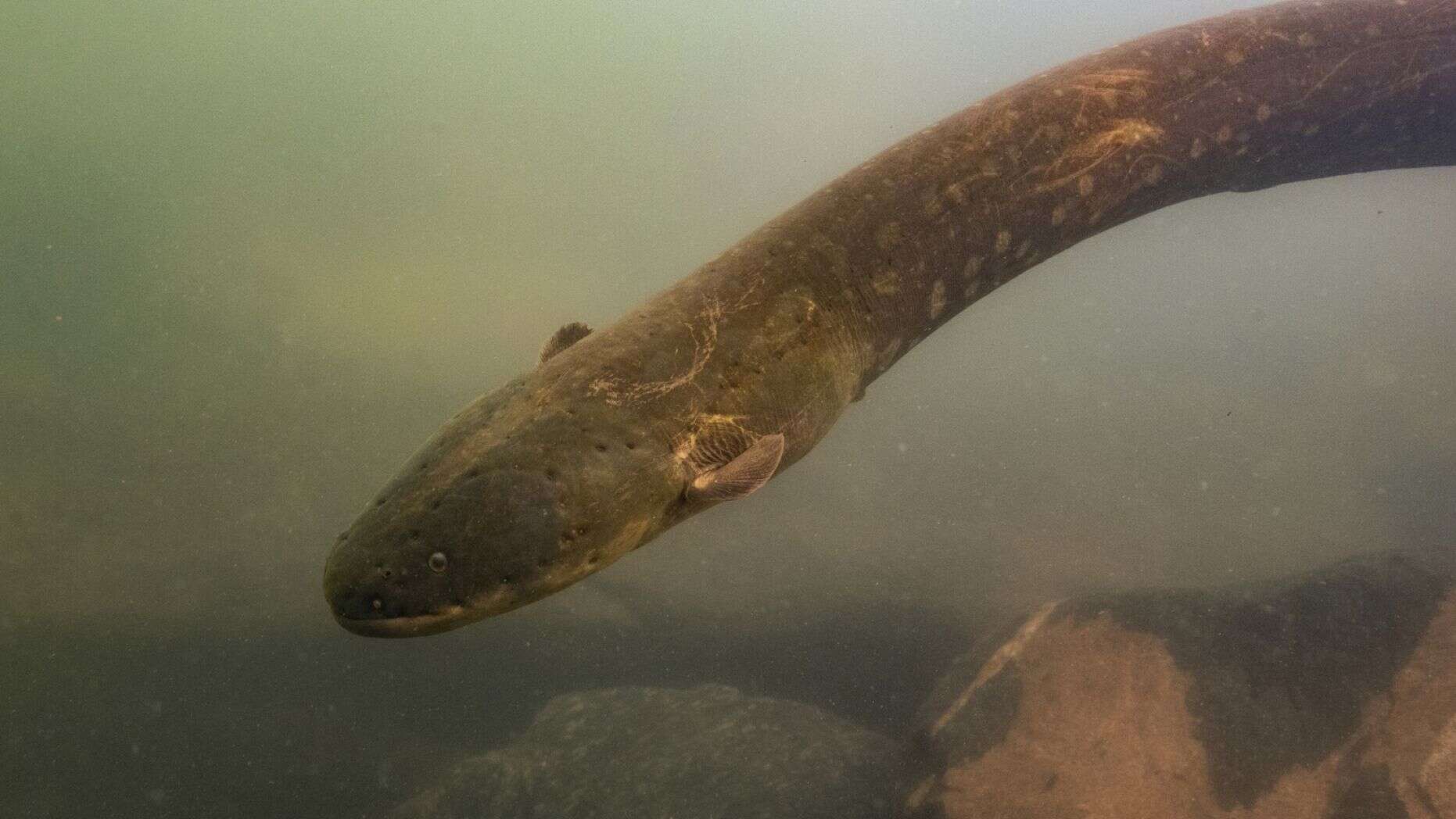Lurking in the waters of the Amazon basin is a new species of electric eel that scientists say can generate a greater electrical discharge than any other known animal.
The eel, Electrophorus voltai, had the ability to generate 860 volts of electricity, more than the 650 volts discharged by the only previously identified type of electric eel. That means the new species can generate more than seven times as much electricity as a power outlet and would be lethal to humans.
Researchers at the Smithsonian Museum of Natural History revealed that electric eels in the Amazon basin belong to three species. The two new species identified are Electrophorus voltai and Electrophorus varii, which is named after the late Smithsonian fish expert Richard Vari.
“These fish grow to be seven to eight feet long. They’re really conspicuous,” said study leader C. David de Santana, a research associate in the museum’s division of fishes, in a statement. “If you can discover a new eight-foot-long fish after 250 years of scientific exploration, can you imagine what remains to be discovered in that region?”
The researchers collected 107 eels in four countries and found differences in their DNA, along with minor physical variations.
While 250 species of fish in South America generate electricity, only electric eels use it to stun prey and for self-protection.
Santana said that the high voltage capabilities of Electrophorus voltai may be an adaptation to the lower conductivity of the water in the highland region it inhabits.
Source, AFP



